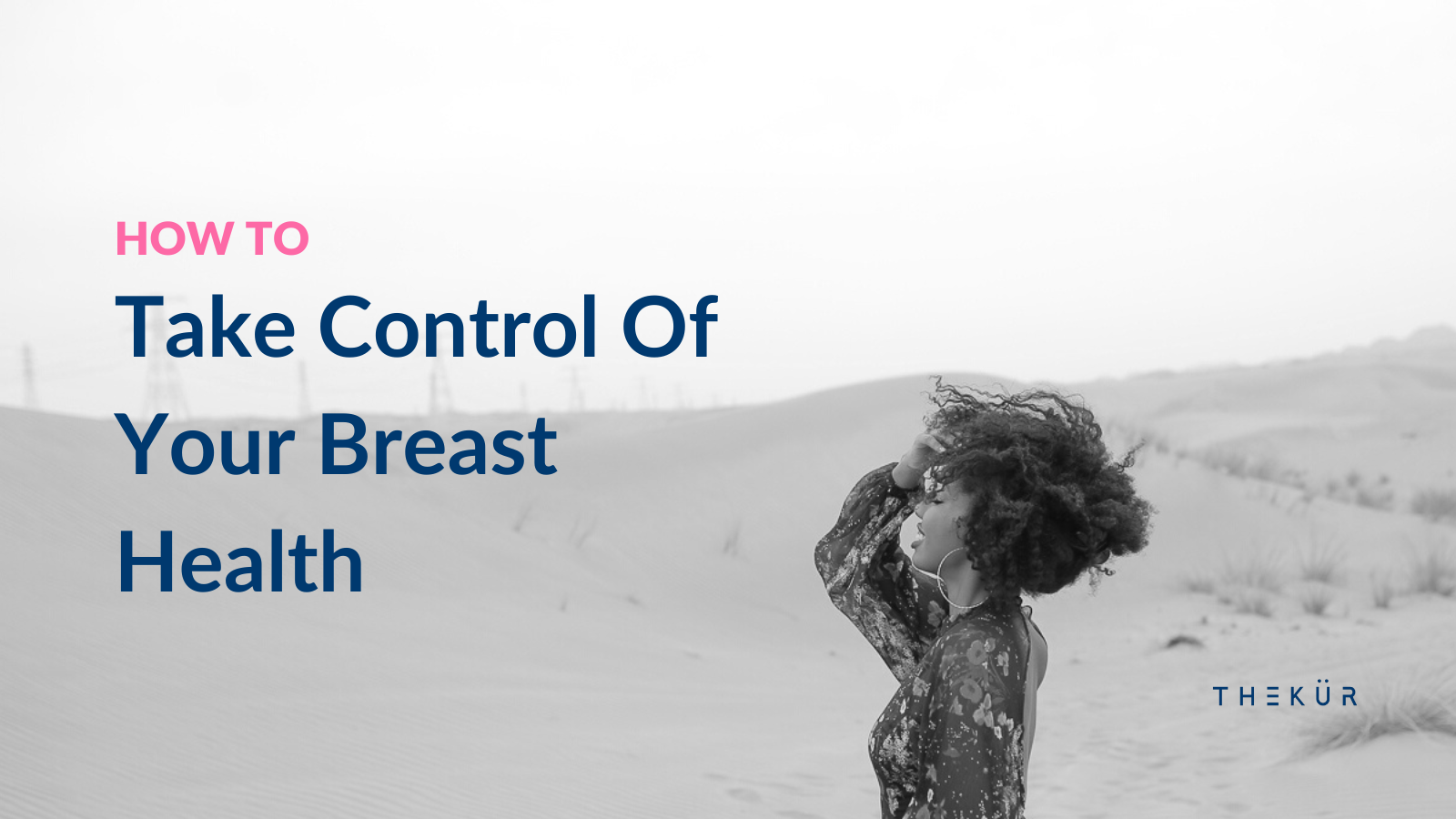About 12.5% of women worldwide will have breast cancer in their lifetime. That may not seem like a lot but if you consider that means 1 in every 8 women, the number hits closer to home. Unfortunately, we can’t control who gets breast cancer, however we can take action to keep ourselves, and our breasts, as healthy as possible.
Here are some ways you can take charge of your breast health this Breast Cancer Awareness month and beyond.
-
Know Your Risk Level For Breast Cancer: There are various factors that can increase the risk of breast cancer from age to genetics and your environment. This free tool by Cedars Sinai Medical Center will help you learn if you're at an above average risk for breast cancer. For a complete understanding of your risk level, please talk to your physician.
- Know The Symptoms: Most cancer cases are diagnosed during mammograms, however there are other warning signs that may indicate the presence of cancer and it’s important to know what your breasts usually look and feel like. Some warning signs include:
- Lumps or swelling
- Pain in your breast
- Irritation
- Redness or flaky skin around your breast
- Any nipple discharge other than breast milk
- Changes in the size or the shape of your breast
Symptoms of breast cancer are different for everyone, also just because you have these symptoms doesn't mean you have cancer, if you notice any of these, talk to your doctor.
- Know Your Normal: By practicing routine breast self-exams, you will get a feel of what’s normal for your breasts. Self-exams can be intimidating but you can complete them in 3 steps.
- Stand in front of a mirror with your bra off. Put your arms down by your sides. Look for any unusual changes in your breast shape, size and color or changes in the nipples. Next, raise your arms over your head and look for the same things. Finally, put your hands on your hips, flex your chest muscles and look for any of the same changes again. Be sure to look at both breasts.
- Next, feel your breasts while standing, using your right hand to feel your left breast and vice versa. Use a firm, smooth touch with three finger pads of your hand, keeping them flat and together. Work in small circular motions, and feel both breasts from top to bottom, side to side - from your collarbone to the top of your abdomen, and from your armpit to your cleavage.
- Finally, feel your breasts while lying down, using the same motion as step two and look for changes in size or shape, any pain, swelling or texture. Doctors recommend monthly self-exams for you to get familiar with your own breasts, so you know what's normal and promptly report any changes.
-
Make a Plan: When you know your risk factors and what your baseline breast health looks like, you can plan the type and frequency of your screening tests. Komen.org shares more details on how to create a screening plan based on your risk factors. In the UAE, Pink Caravan offers free testing across all Emirates every October, find your nearest location.
- Advocate for Yourself: Breast cancer is a scary subject and even with all the information available, discussing it with your doctor requires vulnerability. However, it’s important to advocate for yourself and communicate any concerns to your physician to ensure you get the best care possible.
We may not be able to control how breast cancer affects us or our loved ones, but there are other elements you can take charge of. We owe it to ourselves to do so.


